The universe, at an estimated 13.8 billion years old, holds ancient secrets that give us glimpses into its early history. Among these are planets that formed shortly after the birth of the first stars. These planets provide a rare look at how planetary systems emerged in an environment rich in hydrogen and helium but scarce in heavier elements. Their survival over billions of years through galactic events like supernovae is a testament to their resilience. Here’s an exploration of the oldest planets known to science, each with its own unique history and characteristics.
PSR B1620-26 b (Methuselah)
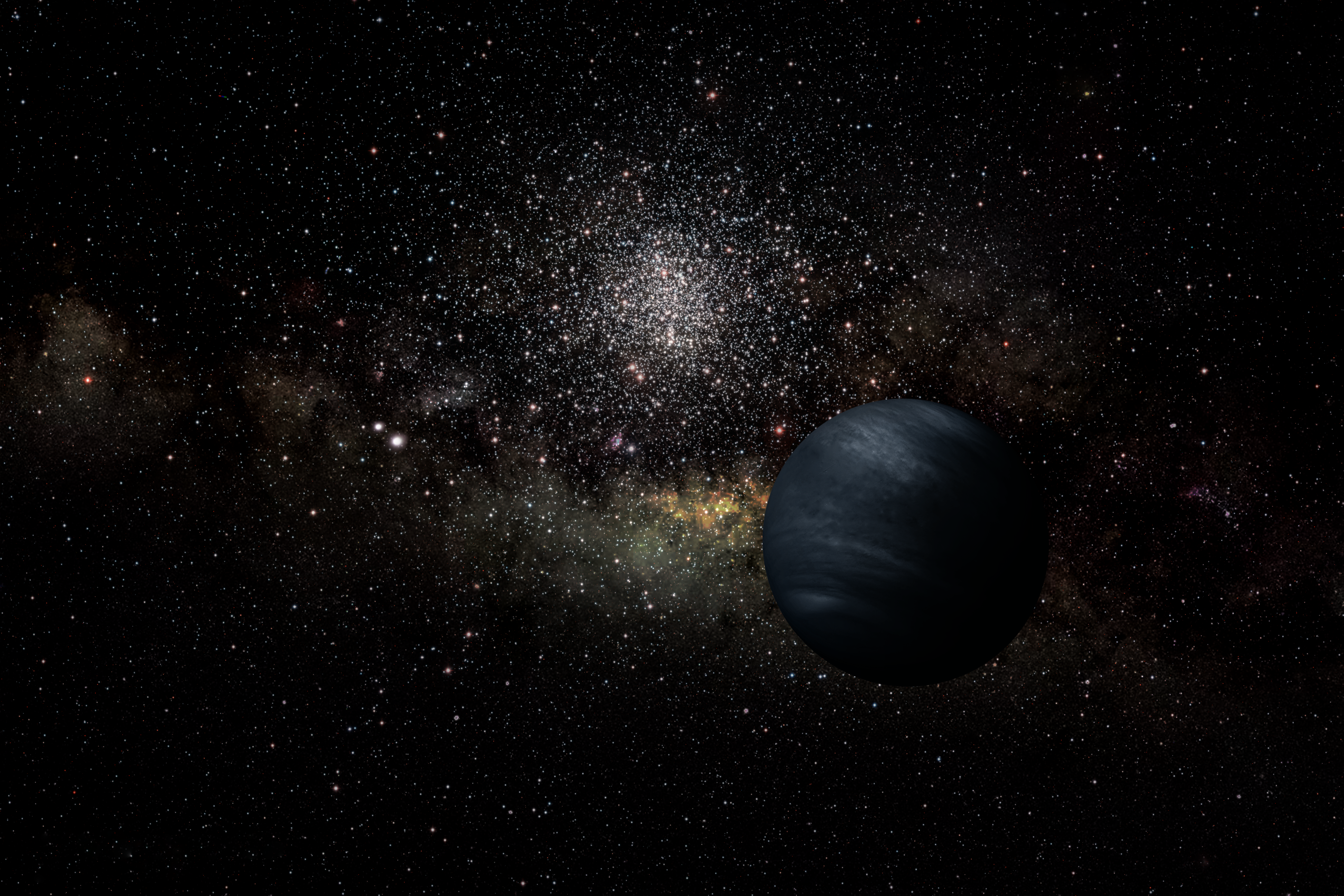
PSR B1620-26 b, nicknamed Methuselah, is considered the oldest known planet in the universe. Estimated to be about 12.7 billion years old, it formed when the universe was less than 1 billion years old. It orbits two stellar remnants: a pulsar and a white dwarf in the globular cluster M4. Methuselah is a gas giant with a mass approximately 2.5 times that of Jupiter. Located 12,400 light-years from Earth, this ancient world was discovered in 1993 using radio and optical data. Its unique orbit around two dying stars suggests it may have migrated or formed in a multi-stellar environment, adding to its mystique.
Kapteyn b
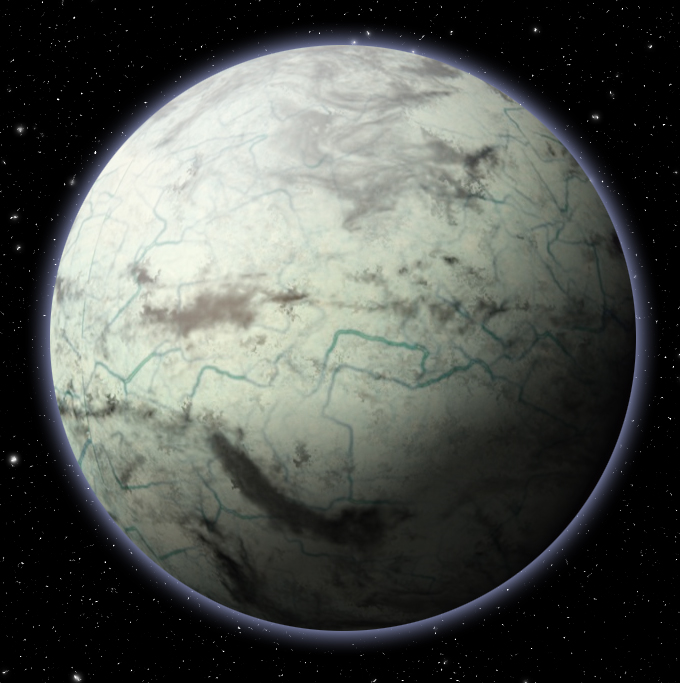
Kapteyn b, a rocky super-Earth, is around 11 billion years old and orbits the red dwarf Kapteyn’s Star. This star was likely captured from a dwarf galaxy absorbed by the Milky Way. The planet is situated 12.8 light-years from Earth, making it one of the closest ancient exoplanets. Kapteyn b completes its orbit in just 48 days, placing it in the star’s habitable zone where liquid water could exist. Discovered in 2014, its advanced age challenges conventional theories about planetary habitability and formation, sparking interest in its potential to host life.
PSR B1257+12 B
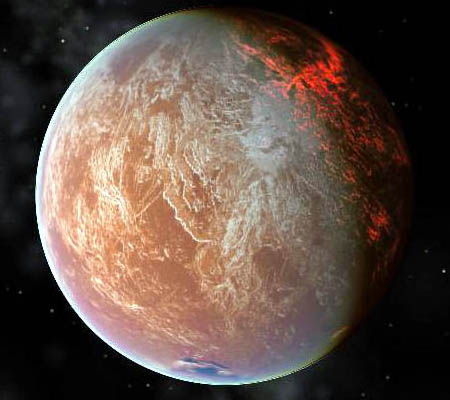
PSR B1257+12 B is one of the first confirmed exoplanets and is around 12.5 billion years old. It orbits a millisecond pulsar, PSR B1257+12, located approximately 2,300 light-years away in the constellation Virgo. This rocky planet, with a mass slightly larger than Earth, was discovered in 1992. Its close orbit to the pulsar exposes it to intense radiation, creating a harsh environment. The discovery of this planet revolutionized exoplanet research, proving that planets could exist around neutron stars.
PSR B1257+12 C
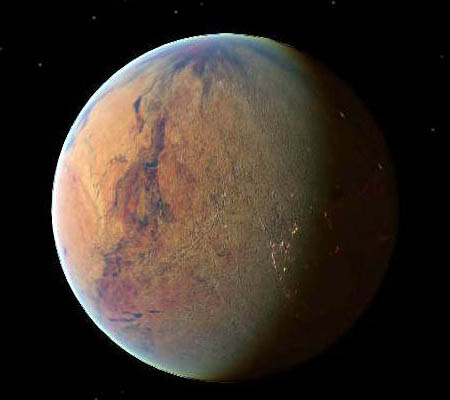
PSR B1257+12 C, the larger sibling of PSR B1257+12 B, also orbits the pulsar PSR B1257+12. This planet, about 12.5 billion years old, has a mass roughly four times that of Earth. It orbits further out than its counterpart, completing its cycle in 98 days. Like its sibling, it endures harsh radiation from its pulsar host. Discovered in 1992, it was among the first planets identified outside our solar system, providing key insights into the diversity of planetary systems.
PSR J1719-1438 b
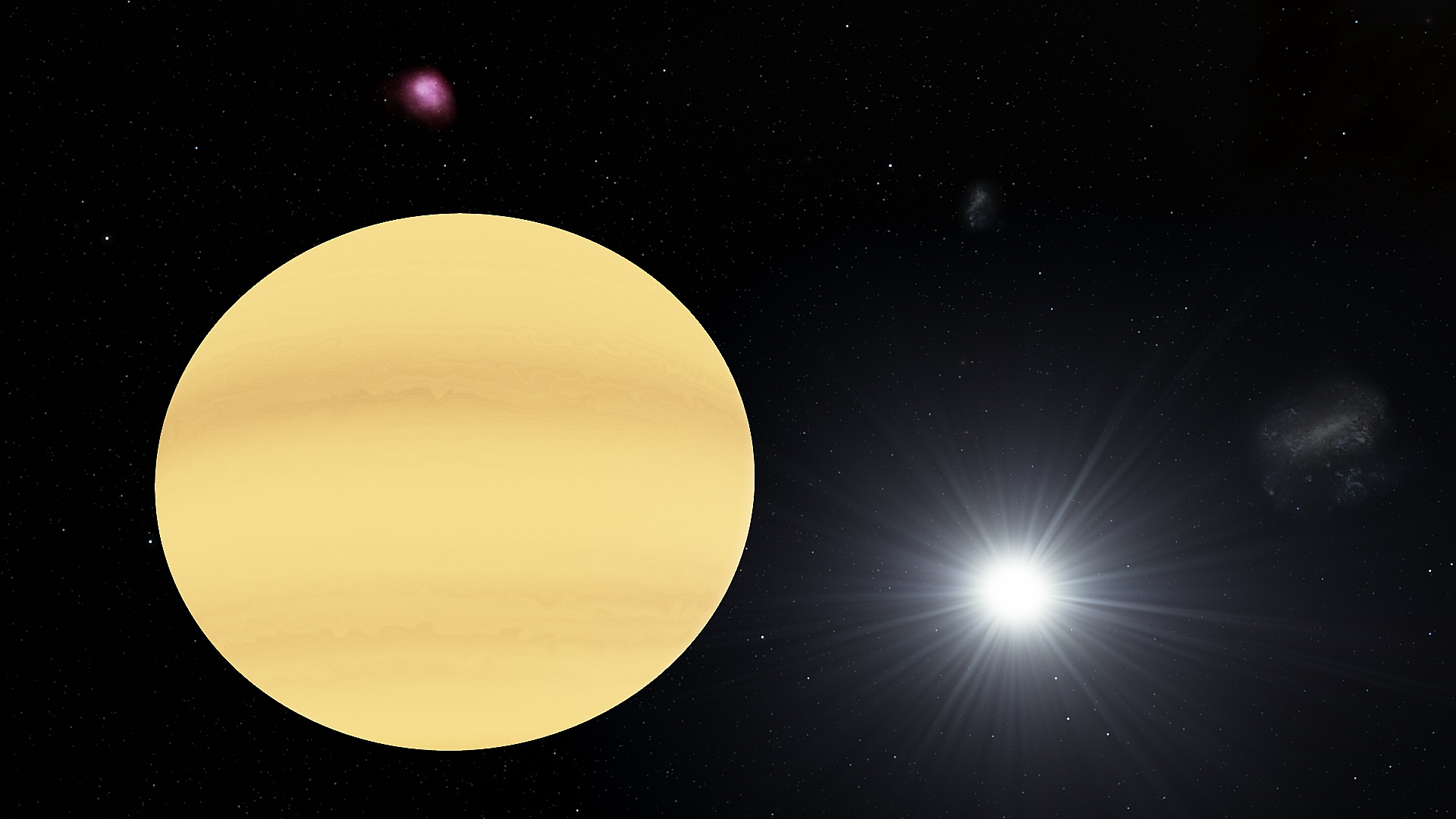
PSR J1719-1438 b is an ultra-dense planet believed to be the remnant of a former star. It is approximately 12.7 billion years old, making it one of the oldest planets. This “diamond planet” is located about 4,000 light-years away in the constellation Serpens. It orbits a millisecond pulsar with a period of just 2.2 hours, suggesting an extremely close orbit. Discovered in 2011, its composition is thought to include crystalline carbon, giving it its nickname due to its diamond-like density.
OGLE-2005-BLG-390Lb
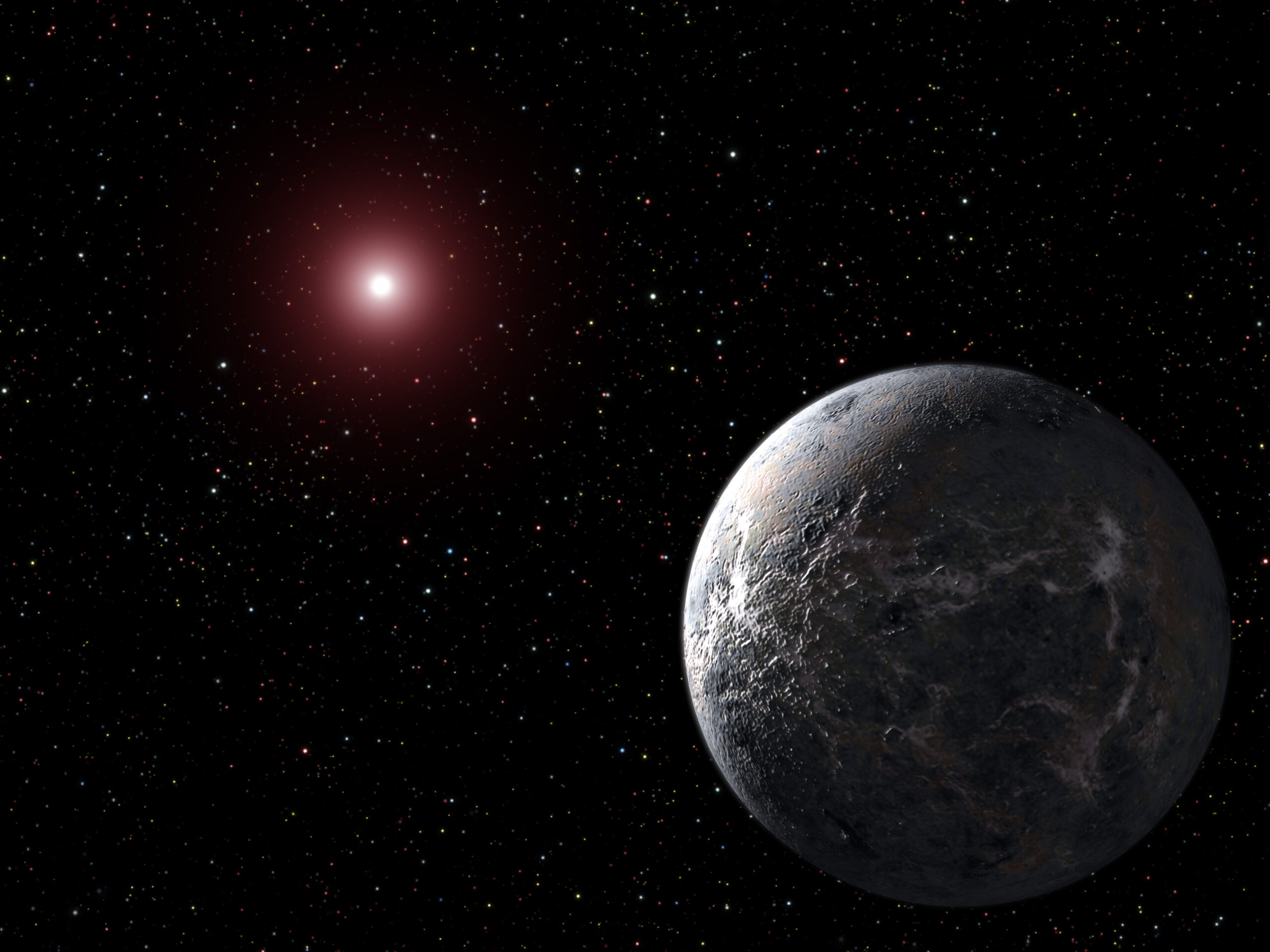
OGLE-2005-BLG-390Lb is an ancient super-Earth located roughly 21,500 light-years away in the constellation Scorpius. Its estimated age is over 10 billion years. This cold, rocky planet orbits a low-mass star far from its host, with a distance about five times greater than Earth’s distance from the Sun. Discovered in 2005 using gravitational microlensing, it is considered a frozen world with surface temperatures of -220°C, far too cold to sustain life.
Kepler-444 b
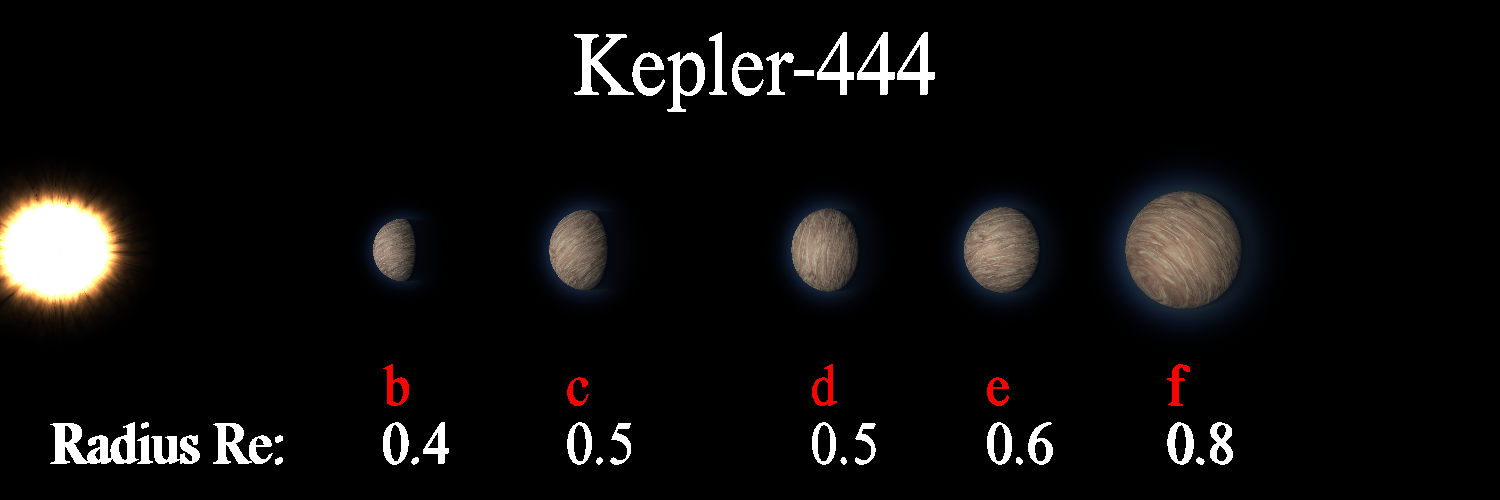
Kepler-444 b is one of the planets in the Kepler-444 system, a system of five rocky planets. This system is 11.2 billion years old, making it one of the oldest known. Kepler-444 b orbits its host star at a distance far closer than Mercury orbits the Sun. Located 117 light-years away in the constellation Lyra, it was discovered in 2015. This planet’s size is slightly smaller than Earth, and its proximity to its host star makes it extremely hot and inhospitable.
Kepler-444 c
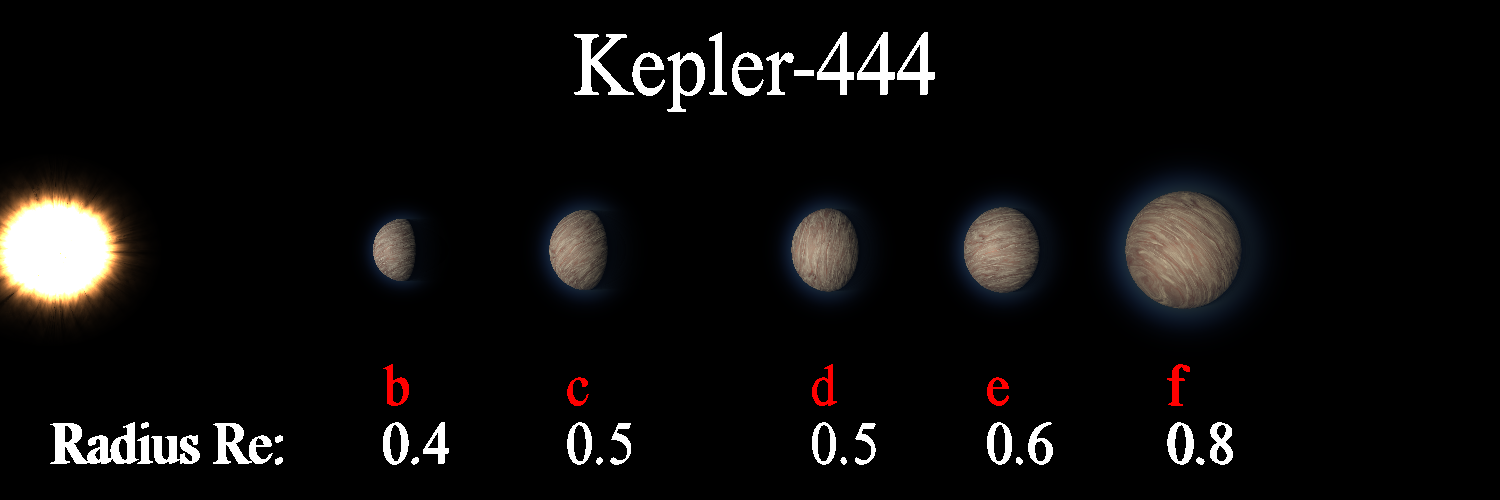
Kepler-444 c is another rocky planet in the Kepler-444 system, slightly larger than its sibling, Kepler-444 b. Like the others, it is about 11.2 billion years old. It orbits very close to its host star, completing its orbit in less than 10 days. Discovered in 2015, its surface is likely too hot to sustain liquid water or life. Its existence highlights the stability of this ancient planetary system over billions of years.
HD 10180 c

HD 10180 c is a Neptune-like planet in the HD 10180 system, an exoplanetary system about 130 light-years away in the constellation Hydrus. Estimated to be over 10 billion years old, this planet orbits its star every 5.8 days. Discovered in 2010, its mass is nearly 13 times that of Earth. Its close orbit subjects it to intense stellar radiation, making it unlikely to host life.
This article originally appeared on Rarest.org.
More from Rarest.org
13 Animals with Unbelievable Journeys for Breeding and Survival

Many animals across the world embark on incredible journeys for breeding and survival. Read More.
10 Oldest Monotheistic Religions in The World

Monotheistic religions, those centered on the belief in a single god, have shaped human history for thousands of years. Read More.
17 Largest Ships in the World

When it comes to the largest ships in the world, their size alone is enough to leave anyone in awe. Read More.
